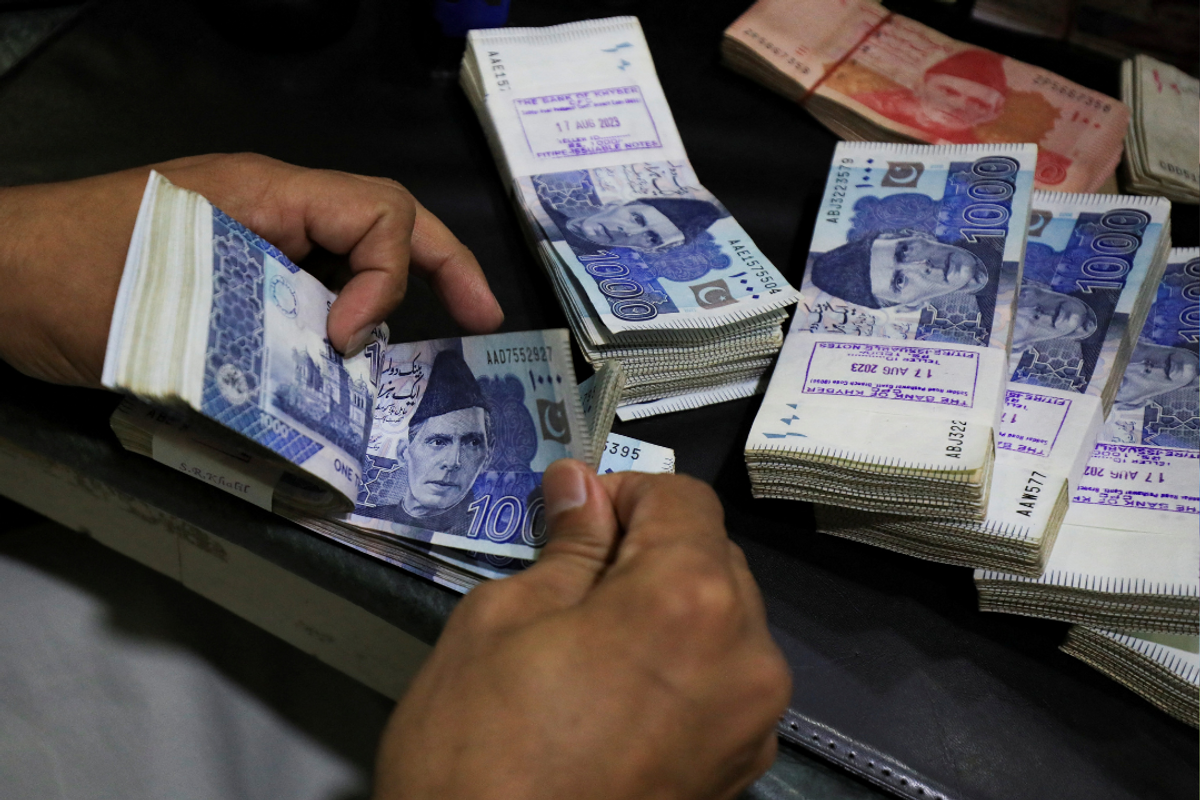Pakistan plans to raise PKR 5.6T through domestic debt instruments in FY26's first quarter
Government eyes fiscal consolidation as domestic borrowing surges amid external financing shortfall

Haris Zamir
Business Editor
Experience of almost 33 years where started the journey of financial journalism from Business Recorder in 1992. From 2006 onwards attached with Television Media worked at Sun Tv, Dawn Tv, Geo Tv and Dunya Tv. During the period also worked as a stringer for Bloomberg for seven years and Dow Jones for five years. Also wrote articles for several highly acclaimed periodicals like the Newsline, Pakistan Gulf Economist and Money Matters (The News publications)

The Pakistan government aims to raise PKR 5.575 trillion over the next three months through the sale of treasury bills (T-bills) and Pakistan Investment Bonds (PIBs), according to a financing plan released on Monday.
The Ministry of Finance will seek to generate PKR 2.4 trillion through PIBs, including PKR 1 trillion via fixed-rate bonds and PKR 1.4 trillion through floating-rate instruments.
An additional PKR 3.175 trillion is expected to be raised through the auction of short-term T-bills during July, August, and September.
The State Bank of Pakistan (SBP) noted that both fiscal and primary balances improved in fiscal year 2024-25, driven by higher revenues and restrained expenditures, particularly in the Public Sector Development Program (PSDP). However, due to a shortfall in external financing, the government increasingly turned to domestic sources to meet its funding needs.
Looking ahead to FY26, the government has set a primary surplus target of 2.4% of GDP as part of its broader fiscal consolidation strategy.
The SBP also reported that economic growth is gradually recovering and is expected to accelerate in the coming year, bolstered by the lagged effects of earlier policy rate cuts. Nonetheless, the central bank flagged risks to the external sector, citing a widening trade deficit and subdued financial inflows.
Some proposed FY26 budgetary measures could further exacerbate the trade gap by boosting imports.










Comments
See what people are discussing